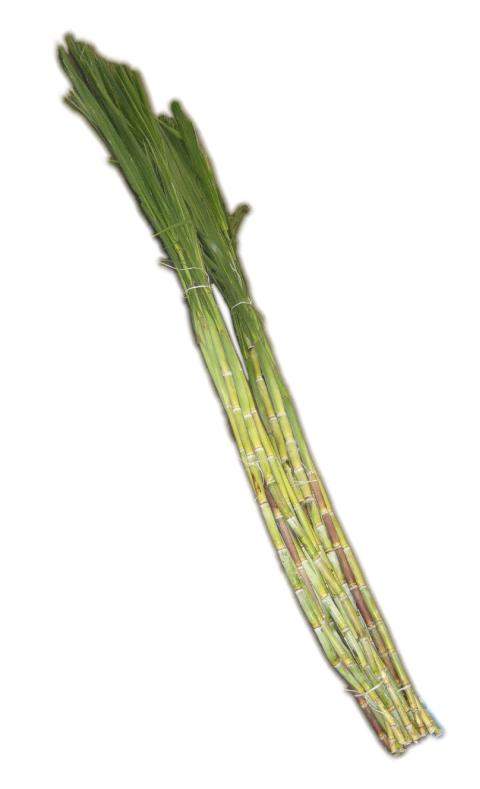How Walking Stick Sugar Processing Chemicals Improve Sugar Top Quality and Yield
The role of processing chemicals in cane sugar production is pivotal, as they directly influence both the quality and return of the end product. By utilizing materials such as lime and phosphoric acid, manufacturers can efficiently remove impurities and enhance extraction performance. In addition, the consolidation of activated carbon and enzymes offers to enhance the malfunction of complicated sugars, eventually resulting in a purer and higher-quality sugar. The ins and outs of exactly how these chemicals engage within the processing setting raising concerns regarding their long-term effects and prospective innovations in the industry.
Review of Walking Cane Sugar Handling
Cane sugar handling involves a series of crucial actions that change raw sugarcane right into refined sugar items. The process starts with harvesting, where fully grown sugarcane stalks are cut and carried to refining facilities. Upon arrival, the walking stick undertakes cleaning to get rid of impurities such as dirt and plant materials.
Complying with cleaning, the cane is crushed to remove the juice, which includes sucrose - sugar and cane. This juice undertakes clarification, where lime and warm are made use of to remove staying contaminations and non-sugar parts. The cleared up juice is after that vaporized to concentrate the sugar material, leading to the formation of thick syrup
Next, the syrup is taken shape via a controlled air conditioning procedure, resulting in sugar crystals. To achieve refined sugar, further purification steps are used, consisting of cleaning, re-crystallization, and drying out.
The end product is either packaged as raw sugar or better refined into white sugar, satisfying various consumer and commercial demands. This extensive series of steps makes sure the manufacturing of high-quality sugar, vital for many applications in food and drink markets.
Secret Processing Chemicals Used
The manufacturing of polished cane sugar counts on different processing chemicals that play substantial functions at different phases. This step is essential for boosting the general quality of the removed juice.
Phosphoric acid serves a double purpose; it boosts the information process and assists in the removal of color-forming substances, contributing to a higher purity of the last product. Additionally, sulfur dioxide works as a bleaching representative, permitting the reliable removal of undesirable pigments and enhancing the shade of the sugar.
Various other significant chemicals include triggered carbon, which is used for additional decolorization, and enzymes that facilitate the malfunction of complex sugars into less complex types, thus boosting return. The careful selection and application of these handling chemicals are vital for enhancing the efficiency of sugar extraction and refining procedures, ultimately resulting in a more regular and higher quality sugar item.

Effect On Sugar High Quality
Just how do handling chemicals affect the high quality of polished sugar? The intro of different chemicals in the walking stick sugar handling stage dramatically boosts the pureness and total top quality of the last item.
Moreover, using triggered carbon and ion-exchange resins during the refining procedure plays a vital function in getting rid of off-flavors and undesirable smells, adding to the sugar's sensory account. This refinement not only boosts the organoleptic and aesthetic high qualities but also boosts the service life by reducing microbial task connected with contaminations.
On top of that, the precise application of these chemicals ensures that the sugar shows a constant grain size and flowability, which are essential features for both commercial applications and customer preferences. On the whole, the calculated use of handling chemicals is essential in achieving high-quality polished sugar that satisfies market standards look at this web-site and customer expectations.

Enhancing Yield Efficiency
Enhancing yield performance in cane sugar processing includes enhancing numerous stages of production to optimize the quantity of sugar removed from raw cane. One critical element is the choice and application of proper handling chemicals, which can promote the breakdown of cell walls and enhance sugar release during extraction. Chemicals such as enzymes and acids play an essential duty in this procedure by hydrolyzing polysaccharides and dissolving impurities, thereby improving the overall extraction efficiency.

Normal surveillance and adjustment of handling criteria are important to maintain performance throughout production (sugar and cane). By employing these techniques, sugar producers can not only increase the amount of sugar gotten but likewise decrease waste and reduced manufacturing prices, adding to an extra profitable and sustainable sugar handling procedure
Advantages for Manufacturers and Customers
Walking stick sugar handling chemicals use substantial advantages for both consumers and producers, creating a more effective and lasting sector. For manufacturers, these chemicals boost removal procedures, leading to higher yields and improved sugar quality. By optimizing the purification and formation phases, they decrease waste and rise general productivity, which can substantially reduce manufacturing expenses. This effectiveness allows producers to stay affordable in an international market defined imp source by rising and fall rates and need.
For customers, the advantages are similarly compelling. The better high quality of sugar translates to better preference and uniformity in foodstuff. In addition, the usage of processing chemicals can bring about a much more stable supply of sugar, mitigating scarcities and cost spikes that can take place because of environmental variables or market changes. Additionally, the developments in manufacturing techniques add to sustainability campaigns by reducing source use and waste generation, interesting ecologically conscious customers.
Conclusion
:max_bytes(150000):strip_icc()/ms-sugar-getty-cfed0662acca49f7b6e52c593767dfb9.jpg)
The duty of handling chemicals in walking stick sugar manufacturing is essential, as they directly influence both the top quality and yield of the last item (sugar and cane). The incorporation of turned on carbon and enzymes serves to optimize the failure of complicated sugars, ultimately leading to a purer and higher-quality sugar.Walking stick sugar handling involves a series of vital steps that transform raw sugarcane into refined sugar products.Enhancing return performance in walking stick sugar processing includes maximizing various stages of production to optimize the amount of sugar removed from raw walking stick.Walking stick sugar handling chemicals play a vital function in boosting both sugar quality and return